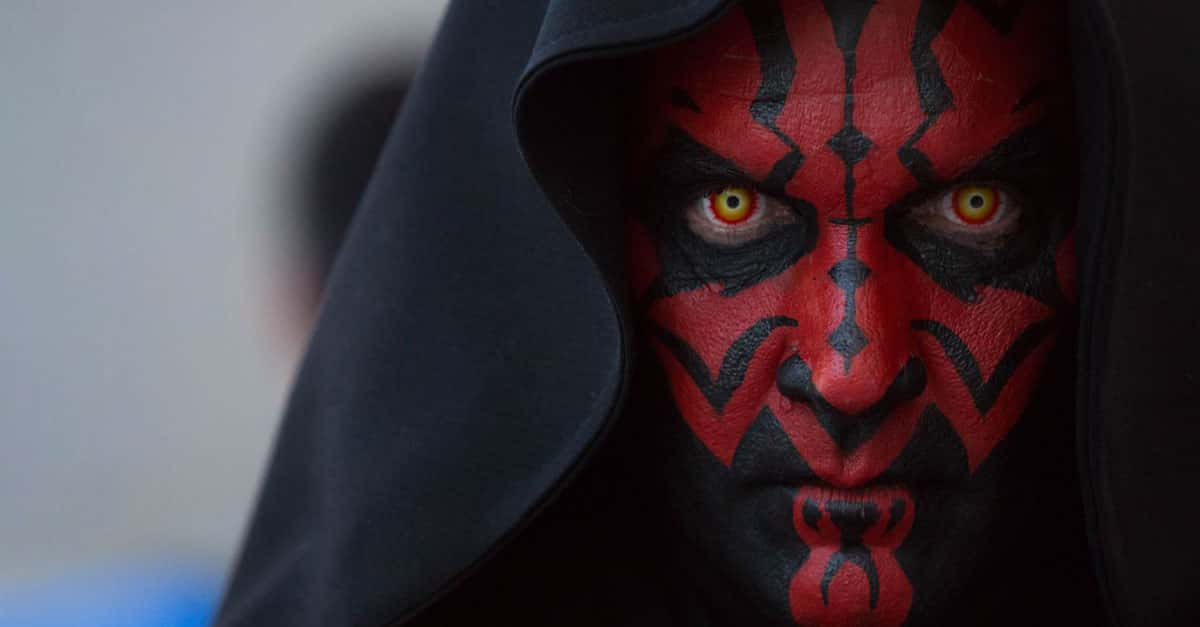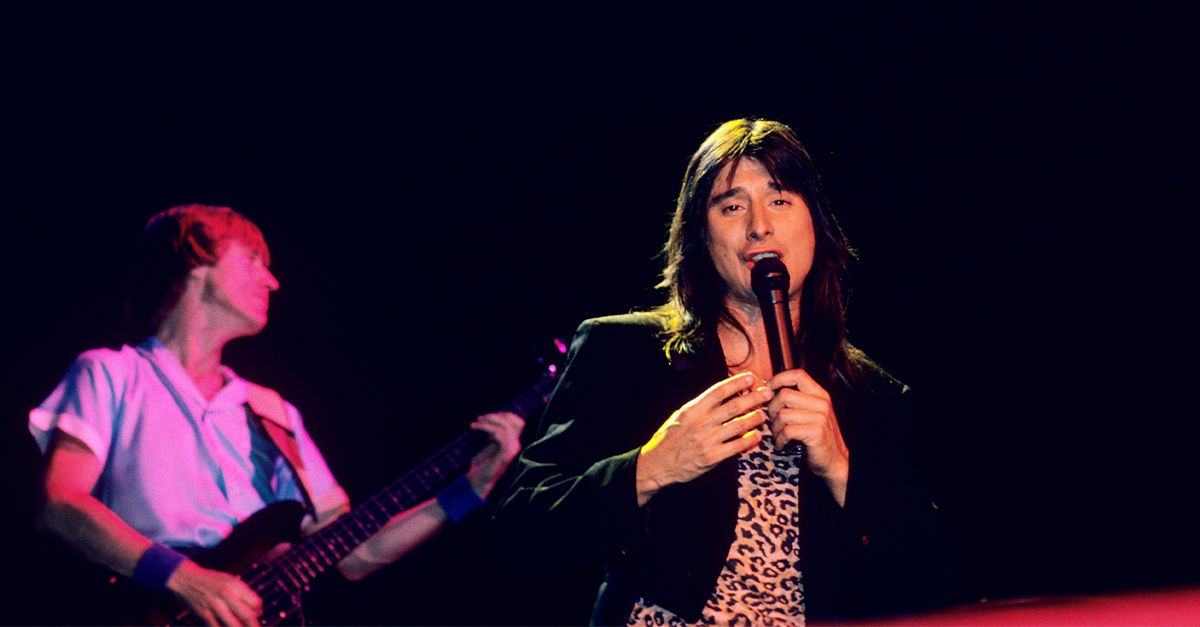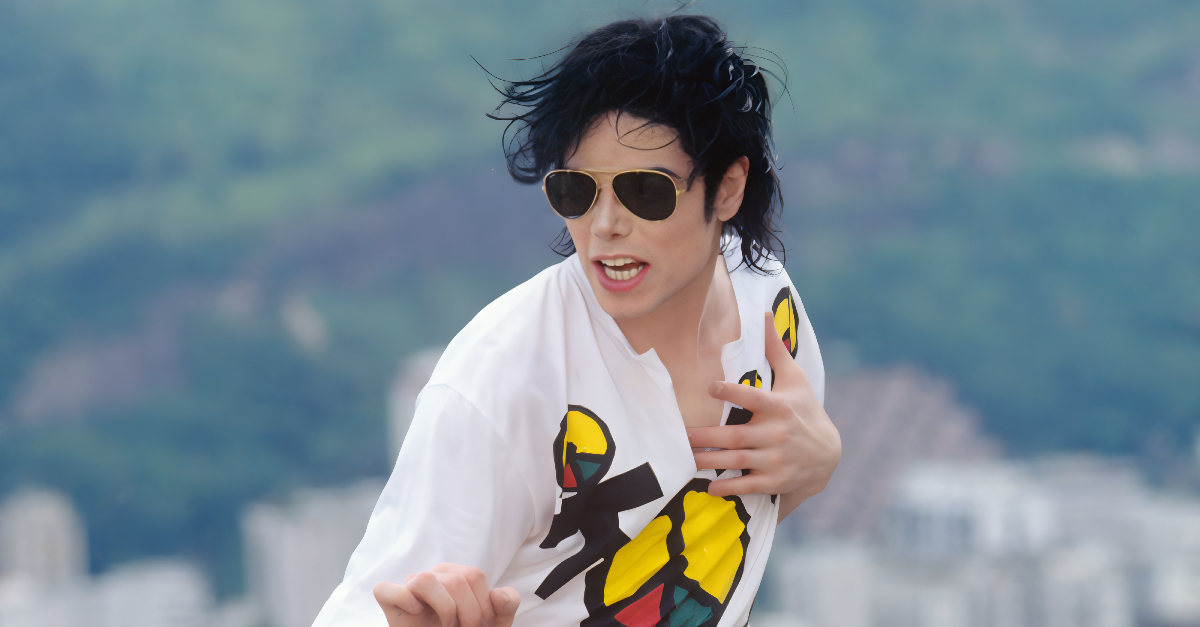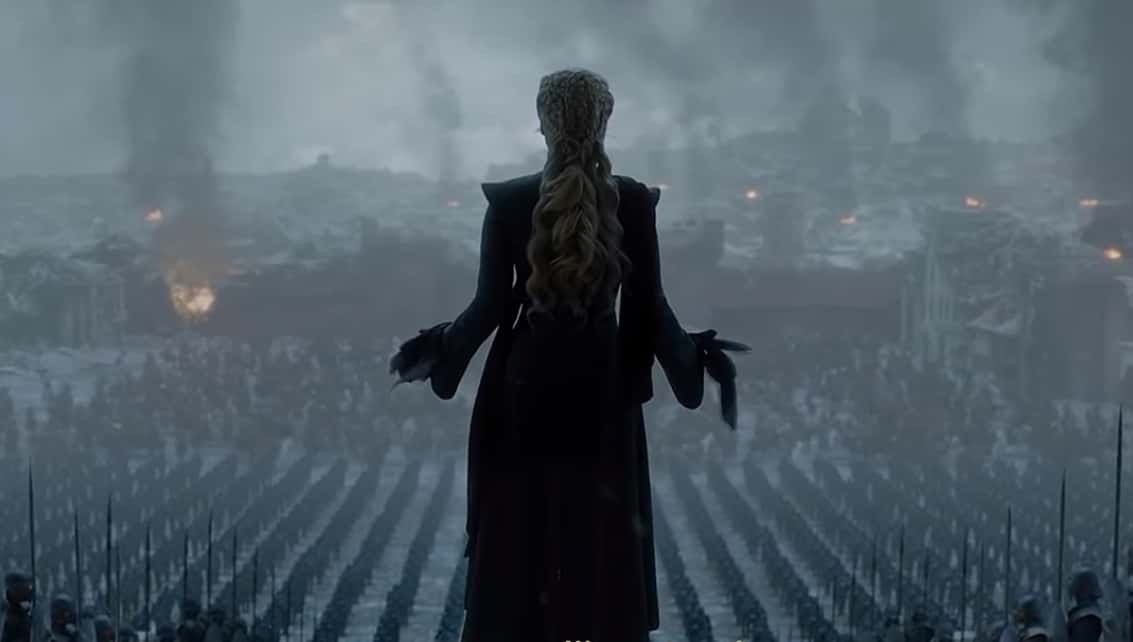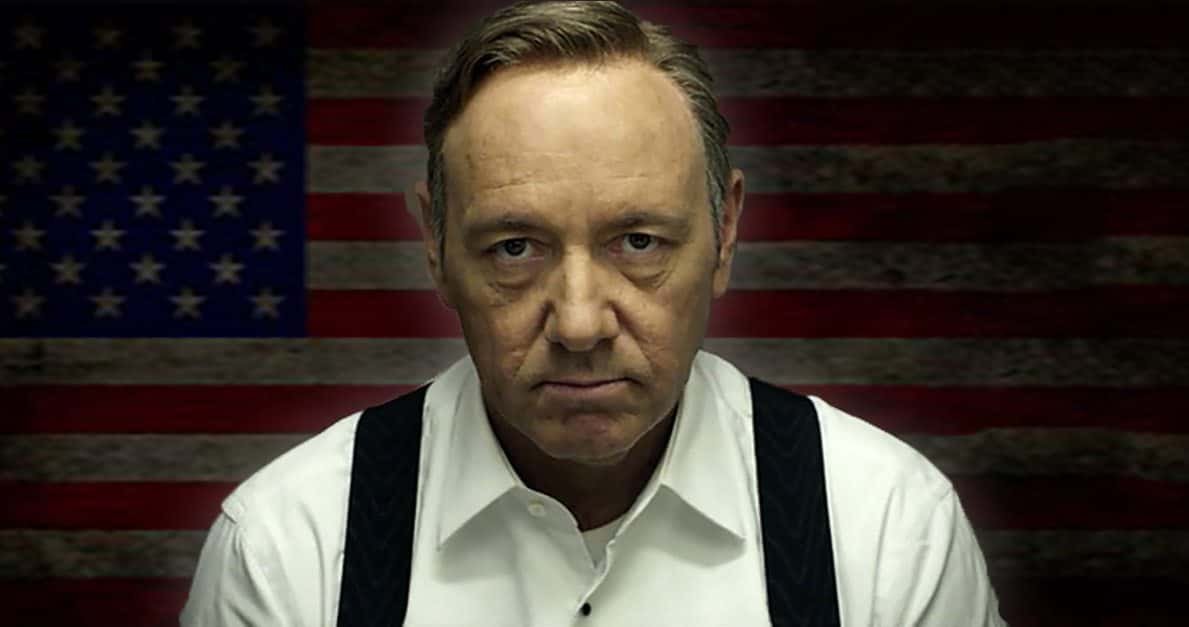Low-Key Game-Changers
Famous faces, sure. But the roles that really started it all? They’re not always the ones fans remember. These were the quieter shifts, just enough to get people talking and casting.

Rod Steiger
Before In the Heat of the Night, Rod Steiger was Hollywood's go-to villain, the sweaty, intense character actor who terrorized audiences in On the Waterfront and The Pawnbroker. Then Norman Jewison cast him as Sheriff Bill Gillespie, a Mississippi police chief forced to work with Sidney Poitier's black detective.
 Elia Kazan Productions-Columbia Pictures, Wikimedia Commons
Elia Kazan Productions-Columbia Pictures, Wikimedia Commons
Rod Steiger (Cont.)
Steiger's initial reaction was pure joy: he threw the script across the room and told his wife Claire Bloom, "I've got a good chance to be nominated—this is a good guy!" The gum-chewing sheriff earned him his only Oscar win and turned him from character actor to leading man.
 In the Heat of the Night (6/10) Movie CLIP - You're Gonna Stay Here (1967) HD by Movieclips
In the Heat of the Night (6/10) Movie CLIP - You're Gonna Stay Here (1967) HD by Movieclips
George C Scott
Stanley Kubrick had a problem. He needed George Scott to be hilariously manic as General Buck Turgidson in Dr Strangelove, but Scott refused to camp it up on camera. So Kubrick lied. He told Scott the cameras were off during "rehearsals" while secretly filming his over-the-top takes.
 Directed by Stanley Kubrick, distributed by Columbia Pictures, Wikimedia Commons
Directed by Stanley Kubrick, distributed by Columbia Pictures, Wikimedia Commons
George C Scott (Cont.)
The actor’s face became a masterclass in expression. Every tic and grimace revealed the inner workings of a warmongering general descending into nuclear madness. The performance showcased comedic range that Scott never displayed again. Ironically, he called this his favorite role, yet his Oscar-winning Patton completely overshadows it.
 Patton (4/5) Movie CLIP - I Won't Have Cowards in My Army (1970) HD by Movieclips
Patton (4/5) Movie CLIP - I Won't Have Cowards in My Army (1970) HD by Movieclips
Donald Sutherland
One line in the entire script—"Number two, sir!"—plus one improvised scene equals Hollywood stardom. Donald Sutherland's transition from a struggling Canadian actor to A-list celebrity happened because of a role that is largely forgotten today. Any guesses? Vernon Pinkley in The Dirty Dozen.
 The Dirty Dozen (1967) - Pinkley Plays General Scene (3/10) | Movieclips by Movieclips
The Dirty Dozen (1967) - Pinkley Plays General Scene (3/10) | Movieclips by Movieclips
Donald Sutherland (Cont.)
Producer Preminger happened to be visiting the set when Walker refused to play a scene impersonating a general. Director Aldrich randomly picked Sutherland from the film's "back six" actors, and his impromptu performance was so brilliant that Preminger cast him as Hawkeye Pierce in M*A*S*H.
 Donald Sutherland,Elliott Gould,Tom Skerritt in M*A*S*H - martini by FansFamily 2.0
Donald Sutherland,Elliott Gould,Tom Skerritt in M*A*S*H - martini by FansFamily 2.0
Diane Baker
Hollywood in the 1960s worshipped stunners and ingenues, but Diane Baker carved out something entirely different. She became the thinking person's actress. Her secret weapon wasn't glamour or melodrama, but the ability to suggest entire emotional universes through the smallest gestures.
 Universal Studios Entertainment, Wikimedia Commons
Universal Studios Entertainment, Wikimedia Commons
Diane Baker (Cont.)
In Alfred Hitchcock's Marnie, Baker brought to life a fully realized woman whose quiet intelligence and dignity were evident in how she interacted with other characters, particularly in her scenes with Tippi Hedren and Sean Connery. Her Lil is described as “tartly appealing”.
 Universal Pictures, Wikimedia Commons
Universal Pictures, Wikimedia Commons
Claudia Cardinale
Federico Fellini's 8½ needed a living personification of artistic inspiration itself. When Claudia Cardinale stepped into the role of Claudia, the mysterious muse who drives the film's protagonist to creative obsession, she was slowly turning into cinema's new definition of feminine mystique.
 8 ½ - Fellini - Claudia / Guido -
8 ½ - Fellini - Claudia / Guido -
Claudia Cardinale (Cont.)
The performance's impact rippled far beyond art house theaters. Sergio Leone specifically chose Cardinale for Once Upon a Time in the West because her previous work proved she could be simultaneously vulnerable and powerful, mysterious yet accessible. Most people tend to remember this woman from Leone's spaghetti westerns.
 Favorite Scene From Once Upon a Time in the West by David Raymond
Favorite Scene From Once Upon a Time in the West by David Raymond
Carol Lynley
Back when Carol Lynley was just 16, she earned two consecutive Golden Globe nominations for "Most Promising Newcomer" with her very first films—Disney's The Light in the Forest (1958) and the controversial Blue Denim (1959). The latter dealt with teenage pregnancy and abortion.
Carol Lynley (Cont.)
These subjects were practically taboo in late-1950s cinema, yet the star's sensitive portrayal made her an instant serious actress. The Hollywood Reporter declared 1965 as "the peak of her career" when she starred in Otto Preminger's psychological thriller Bunny Lake Is Missing.
Telly Savalas
Before Savalas became television's most famous bald detective, he was building a reputation as one of Hollywood's most chilling character actors. This change began with his Oscar-nominated acting as the sadistic prisoner Feto Gomez in Birdman of Alcatraz. His portrayal of the brutal convict was unnervingly authentic.
 Birdman of Alcatraz (6/11) Movie CLIP - Death of a Canary (1962) HD by Movieclips
Birdman of Alcatraz (6/11) Movie CLIP - Death of a Canary (1962) HD by Movieclips
Tuesday Weld
Weld's breakthrough came with the television series The Many Loves of Dobie Gillis (1959–1963), where she played the role of Thalia Menninger. As per sources, Stanley Kubrick wanted her for Lolita, but she famously turned it down, saying, “I didn't have to play it. I was Lolita”.
Tuesday Weld (Cont.)
She also rejected roles in Bonnie and Clyde, True Grit, and Cactus Flower. Her acting in Lord Love a Duck (1966) and Pretty Poison (1968) showcased an ability to suggest innocence and menace that critics compared to Louise Brooks. Yet these nuanced portrayals remain largely forgotten by mainstream audiences.
 Lord Love a Duck (1966) Original Trailer [FHD] by HD Retro Trailers
Lord Love a Duck (1966) Original Trailer [FHD] by HD Retro Trailers
James Coburn
Despite having only eleven lines of dialogue in the entire film, this actor stole every scene in The Magnificent Seven (1960) as Britt, the knife-throwing gunfighter. His role as the laconic, deadly-accurate marksman launched his career from bit-part villain to a leading figure.
 The Magnificent Seven (1960) James Coburn: Knife Scene | HD 1080p by oolmacatrain
The Magnificent Seven (1960) James Coburn: Knife Scene | HD 1080p by oolmacatrain
James Coburn (Cont.)
Director John Sturges was so impressed with Coburn's minimalist performance that he cast him again in The Great Escape (1963). But it was Coburn's understanding that "less was more" in The Magnificent Seven that created his screen persona of being the coolest man in the room.
 The Great Escape 1963 French resistance scene 4K by FilmClips
The Great Escape 1963 French resistance scene 4K by FilmClips
George Maharis
George Maharis captured the essence of the American road with his character in Route 66, becoming a cultural icon of 1960s wanderlust and freedom. As Buz Murdock, the tough street kid from New York exploring America in a Corvette convertible, Maharis mirrored the restless spirit.
 Photographer-Bud Fraker, Beverly Hills., Wikimedia Commons
Photographer-Bud Fraker, Beverly Hills., Wikimedia Commons
George Maharis (Cont.)
The show ran from 1960 to 1964 and made Maharis the face of American youth rebellion, but in a more optimistic way than his contemporaries like James Dean. His dark, good looks and method-acting intensity brought depth to what could have been a simple adventure series.
 The Pat McDermott Company, Wikimedia Commons
The Pat McDermott Company, Wikimedia Commons
Yvette Mimieux
Known primarily for The Time Machine, Yvette Mimieux's work in films such as Where the Boys Are highlighted her versatility before she chose to retire and focus on writing. Her 1960s performances established her as more than just another blonde ingenue. She brought along intelligence and complexity.
 The Time Machine (1960) trailer by Movie Vigilante
The Time Machine (1960) trailer by Movie Vigilante
Yvette Mimieux (Cont.)
In Where the Boys Are (1960), she depicted a college student tackling romance and responsibility during spring break, helping to define how young women were shown in early 1960s cinema. Her work in Light in the Piazza also demonstrated her ability to handle dramatic material with sensitivity.
Barbara Parkins
Television's first primetime soap opera needed a bad girl who could make audiences care about her despite her questionable choices, and Barbara Parkins delivered exactly that as Betty Anderson in Peyton Place (1964–1969). She became the only main cast member nominated for an Emmy throughout the show's five-year run.
 PEYTON PLACE: Episode 464 (Part 1 of 2) by SoapsNthings
PEYTON PLACE: Episode 464 (Part 1 of 2) by SoapsNthings
Warren Beatty
Warren Beatty's film debut in Splendor in the Grass (1961) led him to instant stardom, but today most people associate him with Bonnie and Clyde rather than the part that actually made him famous. Bud Stamper established him as the new young rebel of US cinema.
 Bonnie and Clyde (1967) - A Getaway Driver Scene (4/9) | Movieclips by Movieclips
Bonnie and Clyde (1967) - A Getaway Driver Scene (4/9) | Movieclips by Movieclips
Warren Beatty (Cont.)
The performance was so naturalistic and intense that folks compared him to a young Marlon Brando. Director Elia Kazan chose the unknown theater actor for the lead after seeing him in William Inge's Broadway play A Loss of Roses, and Beatty's screen debut became an emotionally raw performance.
Steve McQueen
While everyone knows McQueen as the "King of Cool" from Bullitt and The Great Escape, he actually established himself as a leading man through a different kind of role—as a brooding poker player in The Cincinnati Kid. This was McQueen's answer to Paul Newman's success in The Hustler.
 The Cincinnati Kid (1965) Official Trailer - Steve McQueen Movie by Rotten Tomatoes Classic Trailers
The Cincinnati Kid (1965) Official Trailer - Steve McQueen Movie by Rotten Tomatoes Classic Trailers







